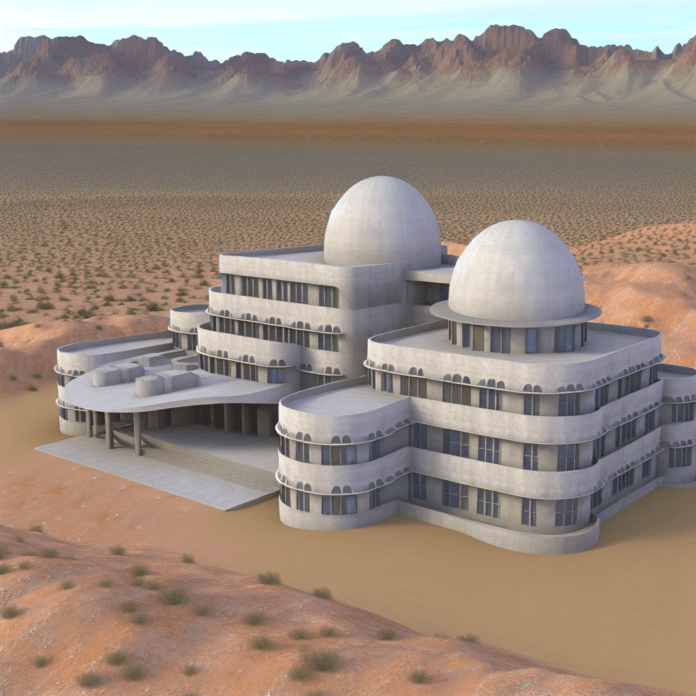In a bold move that could reshape the future of construction, the world’s first 3D-printed hotel is rising from the Texas landscape. This pioneering project showcases how additive manufacturing can redefine not only how we build—faster and more sustainably—but also what we build.
3D Printing Meets Hospitality: A First-of-Its-Kind Hotel
Located in Marfa, Texas, the hotel is a collaboration between 3D printing construction company ICON and hospitality brand Liz Lambert’s El Cosmico. The project is the first in the United States to use large-scale 3D printing technology to construct a hotel, and it represents a significant leap in both architecture and additive manufacturing.
ICON is utilizing its proprietary Vulcan construction system—a massive gantry-style 3D printer capable of extruding a proprietary concrete mix called Lavacrete—to print the walls of the hotel in layers. This method allows for complex, organic shapes that would be difficult or expensive to achieve with traditional building methods.
The hotel, which is part of a wider expansion of the El Cosmico campground, will feature domes and vaults that reflect the natural desert landscape. The design takes full advantage of the flexibility offered by 3D printing, creating a visually striking and environmentally conscious structure.
How 3D Printing Is Revolutionizing Construction
3D printing in construction, also known as construction-scale additive manufacturing, is gaining traction as a sustainable, efficient alternative to traditional building techniques. By automating much of the building process, 3D printing can significantly reduce labor costs, construction waste, and build time.
ICON’s Lavacrete, for instance, is engineered to withstand extreme weather conditions and has a compressive strength of over 6,000 psi. The material is deposited layer by layer, forming robust load-bearing walls without the need for wood framing or drywall. This minimizes material use and simplifies the construction process.
In addition to homes and shelters, 3D printing is now being explored for larger-scale projects—like this Texas hotel—which could pave the way for more commercial developments using similar technology.
Design Innovation and Sustainability
The Marfa hotel project isn’t just about construction efficiency—it’s also a testament to how 3D printing can enable architectural creativity. The hotel’s curvilinear forms and domed spaces are inspired by desert landscapes and ancient adobe structures, blending modern technology with timeless design principles.
Moreover, 3D-printed buildings often require fewer raw materials and produce less waste. ICON’s process, for example, reduces the carbon footprint of construction by optimizing material use and eliminating the need for excess transportation and production of building components.
El Cosmico’s founder Liz Lambert emphasized that the project aligns with the brand’s ethos of blending nature, art, and community. The hotel will include communal spaces, outdoor areas, and artist residencies, creating a unique experience that goes beyond traditional hospitality.
The Future of 3D-Printed Buildings
As the construction industry grapples with labor shortages, rising material costs, and the need for sustainable practices, 3D printing offers a compelling solution. Projects like the Marfa hotel demonstrate that additive manufacturing is no longer a futuristic concept—it’s a viable option for real-world applications.
ICON has already completed several 3D-printed homes and structures, including housing for the homeless in Austin and prototype buildings for NASA’s lunar missions. This hotel marks the company’s first foray into the hospitality sector, but likely not the last.
Looking ahead, we can expect 3D printing to play an increasingly prominent role in construction, especially in remote, disaster-prone, or resource-limited environments. With advances in materials, robotics, and design software, the possibilities are expanding rapidly.
For now, the 3D-printed hotel in Texas stands as a tangible symbol of what’s possible when innovation, architecture, and sustainability come together.
Source: Fox News

